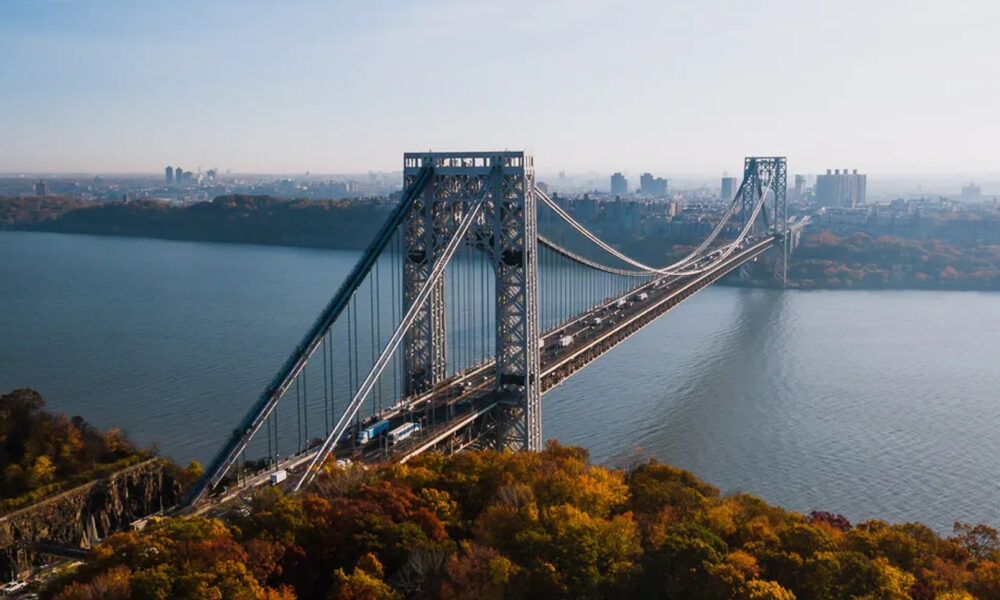George Washington Bridge The Iconic Gateway Connecting New York and New Jersey
Introduction: A Monument of American Engineering
Stretching majestically across the Hudson River, the George Washington Bridge is more than just a transportation link between New York City and New Jersey. It is an architectural marvel, an engineering triumph, and a symbol of America’s infrastructure ingenuity. Completed during the Great Depression, the bridge has become a vital artery in the nation’s highway system, carrying millions of vehicles annually and playing a central role in the region’s economy and daily life.
Named after the first President of the United States, George Washington, the bridge is often referred to as the “GWB” or simply the “George.” This blog delves into the rich history, design, construction, cultural significance, and ongoing legacy of one of America’s most iconic bridges.
1. Origins and Conception of the George Washington Bridge
The Need for a River Crossing
In the early 20th century, the growth of automobile use and population density in New York and New Jersey made a permanent river crossing a necessity. Ferries were the only option to cross the Hudson River, and they were often slow, overcrowded, and unreliable.
Planners envisioned a massive bridge that could handle not only the present demand but also future growth. It was a bold and ambitious vision to span the mile-wide Hudson River with a suspension bridge—the longest of its kind at the time.
Planning and Approval
Initial designs were proposed as early as 1923. After years of debate, funding approvals, and feasibility studies, the Port of New York Authority (now the Port Authority of New York and New Jersey) took on the challenge. In 1927, construction was officially approved.
2. Design and Engineering
Chief Engineer: Othmar Ammann
Swiss-American engineer Othmar Ammann was the genius behind the GWB. His design reduced the weight and cost without sacrificing strength, and he employed innovative materials and techniques for suspension bridge construction. Ammann later went on to design several other famous bridges in the region.
Construction Timeline
- Construction began: October 1927
- Upper level opened: October 25, 1931
- Lower level (the “Martha”): Opened on August 29, 1962
The bridge was completed ahead of schedule and under budget—a rare achievement even today.
Specifications
- Length: 4,760 feet (1,450 meters)
- Main span: 3,500 feet (1,067 meters)
- Height of towers: 604 feet (184 meters)
- Roadways: Two levels, 14 total lanes
- Traffic: Over 103 million vehicles annually (as of recent data)
The GWB held the title of the world’s longest suspension bridge from 1931 until 1937, when the Golden Gate Bridge was completed.
3. Architectural Features and Aesthetics
Steel Towers
Originally, the steel towers were meant to be clad in stone to match the nearby George Washington Bridge Bus Terminal and surrounding buildings. However, due to the Great Depression, funds were limited, and the steel was left exposed. Ironically, the bare steel became an iconic look, celebrated for its industrial aesthetic.
Suspension Cables
Each of the two main cables contains 26,474 individual wires bundled together, strong enough to hold the immense weight of the deck and traffic.
Illumination
The bridge is adorned with a subtle lighting system that highlights its towers and suspension cables, making it a stunning sight at night.



